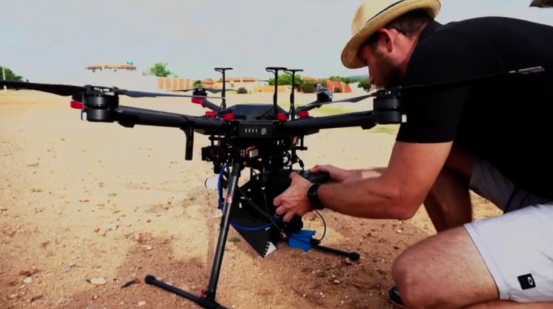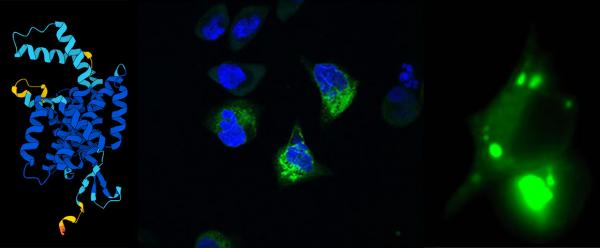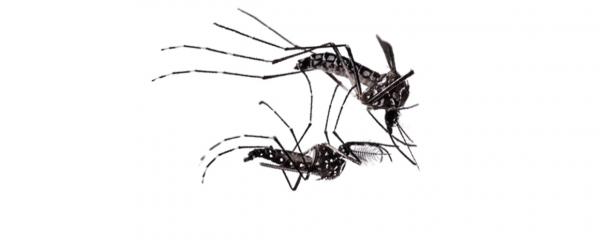Results & impact 2 April 2024
- Home
- Press area
- Press releases
- sterile mosquitoes drone Brazil
The efficacy of sterile male mosquito releases from drones has been demonstrated

In 2018, a drone fitted with sensors, cameras and an insect storage unit was used for uniform releases of more than 200 000 sterile male mosquitoes in a rural area in the far East of Brazil © WeRobotics
This is the first scientific publication on sterile insect releases from uncrewed aerial vehicles, and also the first field analysis of the sexual competitiveness of sterile male mosquitoes. It has taken two years for the researchers involved to draw their conclusions on the trial in Brazil in 2018, and the results look very promising. New aerial releases are planned in Brazil this year.
Sterile male mosquitoes released from drones proved highly sexually competitive
Several hundred thousand male mosquitoes of the species Aedes aegypti , which is an efficient vector of diseases such as dengue, were sterilized and released into the environment. The aim was for them to act as sexual competitors with fertile wild males, and thus reduce population levels of these insect pests.
However, the quality of male sterile insects often falls during rearing or release, and there had not previously been any studies capable of assessing their sexual competitiveness in relation to wild males. These analyses of field data from the Brazil trials are therefore a major step forward: with a peak of 50% unviable eggs after just three releases, the researchers concluded that sterile males showed substantial sexual competitiveness: around a third of that of wild males.
Aerial releases cost 20 times less than terrestrial releases
Drone releases can be used to treat large areas more uniformly than terrestrial releases. Above all, they save a lot of time, and a recent study in China, published in Nature , estimated that they cost up to 20 times less.
Technological advances in recent years have improved the efficacy of such treatments even further. The drone used in 2018 weighed around 12 kg. New trials are planned in Brazil this year with devices that weigh a tenth of that. The new, smaller devices can be used to treat urban areas safely.
The final aim of this research is to be capable of bringing Aedes mosquito population levels below the disease transmission threshold. This study is a major step towards the control of viral diseases such as Zika, dengue, or chikungunya.
Référence
J. Bouyer, N. J. Culbert, A. H. Dicko, M. Gomez Pacheco, J. Virginio, M. C. Pedrosa, L. Garziera, A. T. Macedo Pinto, A. Klaptocz, J. Germann, T. Wallner, G. Salvador-Herranz, R. Argiles Herrero, H. Yamada, F. Balestrino, M. J. B. Vreysen, Field performance of sterile male mosquitoes released from an uncrewed aerial vehicle , Sci. Robot. , 15 June 2020


























